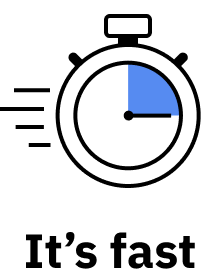Experiment-specific questions | Chemistry homework help
Experiment-Specific Questions
Experiment 1: Introduction to pH Indicators
Fill in the table with the results from your lab notes.
Cabbage Juice Results
Material Cabbage Juice Color pH
water
acetone
5M citric acid
5% vinegar
4M ammonia
bleach
How accurate is your cabbage extract? Does it change to a different color for every possible pH?
Experiment 2: The Phosphate Buffer System
Fill in the table with the results from your lab notes.
Results
Tube Name HCl NaOH
pH
pH
pH after HCl
Change pH
pH after NaOH
Change
1. water
2. NaH2PO4
3. Na2HPO4
4. NaH2PO4 and Na2HPO4
Which solution was the most sensitive to the addition of acid or base?
Which solution was the least sensitive to the addition of acid or base?
Did any solution show a significant difference between its response to the addition of the acid and the base?
Which of the four solutions is the best buffer against additions of acid or base?
Experiment 3: The Buffering Capacity of a Phosphate Buffer
What is the biological significance of buffers?
How do buffers neutralize acids and bases?
Why is the buffer’s ability to maintain a constant pH limited to the addition of a specific amount of acid or base?
In the table below, record the results of the pH of the phosphate buffer solution vs. the number of drops of HCl acid and NaOH base added to it.
Note: For drops of base, use positive values. For drops of acid, use negative values.
Phosphate Buffer Results
Drops Acid(-) or Base (+) pH
Construct a graph of the pH vs. the number of drops of acid OR base added to the phosphate buffer.
For the Y value at the initial pH value of the buffer: use the initial pH of the carbonate solution before any acid or base was added.
Keep the acid as negative X values just like in the table above.
Click on this graphing icon to create your graph:
How many drops of acid was the phosphate buffer able to absorb while keeping the pH relatively stable?
How many drops of base was the phosphate buffer able to absorb while keeping the pH relatively stable?
What is the total buffer capacity for the phosphate buffer?
Look again at the graph of pH vs. drops of acid/base and decide at what number of drops the buffer failed to maintain a nearly constant pH.
Multiply the number of drops by the conversion factor from the Background section of your Lab Manual (0.025 mmol/drop), and divide by the total volume of buffer used (5 mL) to obtain the total buffering capacity, in mmol/mL.
For example, if the number of drops was 4, when it is multiplied by 0.025 mmol/drop the result is 0.1 mmol. That number is divided by 5, and the result is 0.02 mmol/mL.
Was the buffer able to neutralize up to 10 drops, as predicted in the Background? What conclusions can you draw from comparing the data to the prediction?


